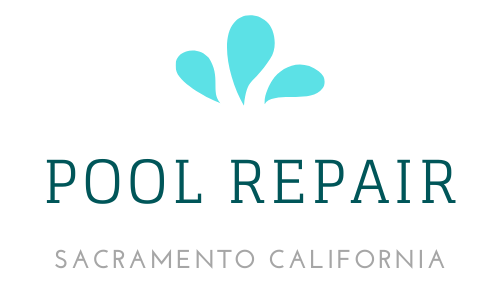Owning a pool is a dream for many, conjuring images of sun-soaked days and refreshing swims. However, as with all things valuable, a swimming pool also demands regular attention and care. Even the most luxurious pools aren’t immune to the occasional crack, leak, or need for repair. Understanding these common issues and maintaining your pool regularly will ensure that it remains pristine and inviting. Dive in as we explore the essential pool maintenance checklist, focusing on cracks, leaks, and repairs.
1. Regularly inspect the pool surface.
Before diving into detailed maintenance procedures, the first step is always inspection. Regularly examining your pool’s surface can help detect minor problems before they escalate. Look for signs of wear and tear, especially cracks or loose tiles. Remember, it’s much easier to address a small crack early on than to deal with a larger structural issue down the line.
2. Addressing Cracks
Cracks can be a pool owner’s nightmare. Not only can they mar the appearance, but they also pose a potential threat to the pool’s structural integrity.
- Surface cracks: These are typically small and only affect the plaster or finishing layer of your pool. While they might not cause immediate problems, it’s a good idea to get them repaired promptly to prevent water seepage and further deterioration.
- Structural cracks: These are more serious, as they penetrate deeper layers of your pool, often affecting the shell. Structural cracks can lead to significant water loss and even compromise the pool’s safety.
Whether it’s a surface or structural crack, always consult a pool professional for advice and repair solutions. It’s tempting to use a DIY patch kit, but this might not provide a long-term solution and can sometimes worsen the problem.
3. Detecting and managing leaks
Leaks can be tricky. Sometimes they’re evident, with noticeable water loss or wet spots around the pool area. At other times, they’re subtle, gradually depleting your pool’s water level.
Regularly check your pool’s water level. If you find it dropping faster than what can be attributed to evaporation or regular use, you might have a leak on your hands. Additionally, wet spots around the pool or the growth of vegetation close to the pool’s perimeter can be indicators of a possible leak.
Once you suspect a leak, it’s essential to act quickly. A professional can perform pressure tests, dye tests, and other diagnostic procedures to locate and address the leak. Timely intervention prevents water waste, saves on utility bills, and averts further damage.
4. Regular pool equipment checks
Pool equipment, like pumps and filters, plays a vital role in keeping your pool clean and functional. A malfunction in these components can lead to reduced water circulation, which in turn can foster leaks and cracks.
Regularly inspect your pool equipment for signs of wear, damage, or malfunction. Listen for unusual sounds from the pump, check for consistent water flow, and ensure filters are clean and operational.
5. Seasonal care and winterization
Different seasons come with varied challenges for pool owners. The colder months, especially, can exacerbate existing issues or lead to new ones.
Winterization is crucial for those living in regions that experience freezing temperatures. Draining water from pipes, filters, and heaters is essential to prevent freezing and cracking. Using a good-quality pool cover can also prevent debris accumulation and protect your pool from the harsh winter elements.
6. Seek professional assistance.
While this checklist provides a general guide on what to look out for, the importance of professional expertise can’t be overstated. Pool maintenance and repair aren’t areas where cutting corners is advisable. It’s always better to invest in regular professional inspections and address issues promptly. A qualified pool technician will have the tools, knowledge, and experience to identify, assess, and repair any issues, ensuring that your pool remains in top shape for years to come.
In Conclusion
Owning a pool is a delightful experience, but it also comes with the responsibility of ensuring its upkeep. Regular checks for cracks, leaks, and potential issues are the key to long-lasting pool health. By following this checklist and seeking professional guidance, you can enjoy countless days of splashing fun without the headache of unexpected repairs. Dive in; the water’s fine!
